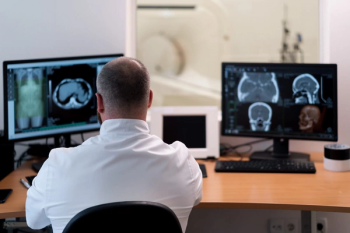
The ability to consider and comment on prior imaging in the radiology report may help reduce extraneous addenda requests.
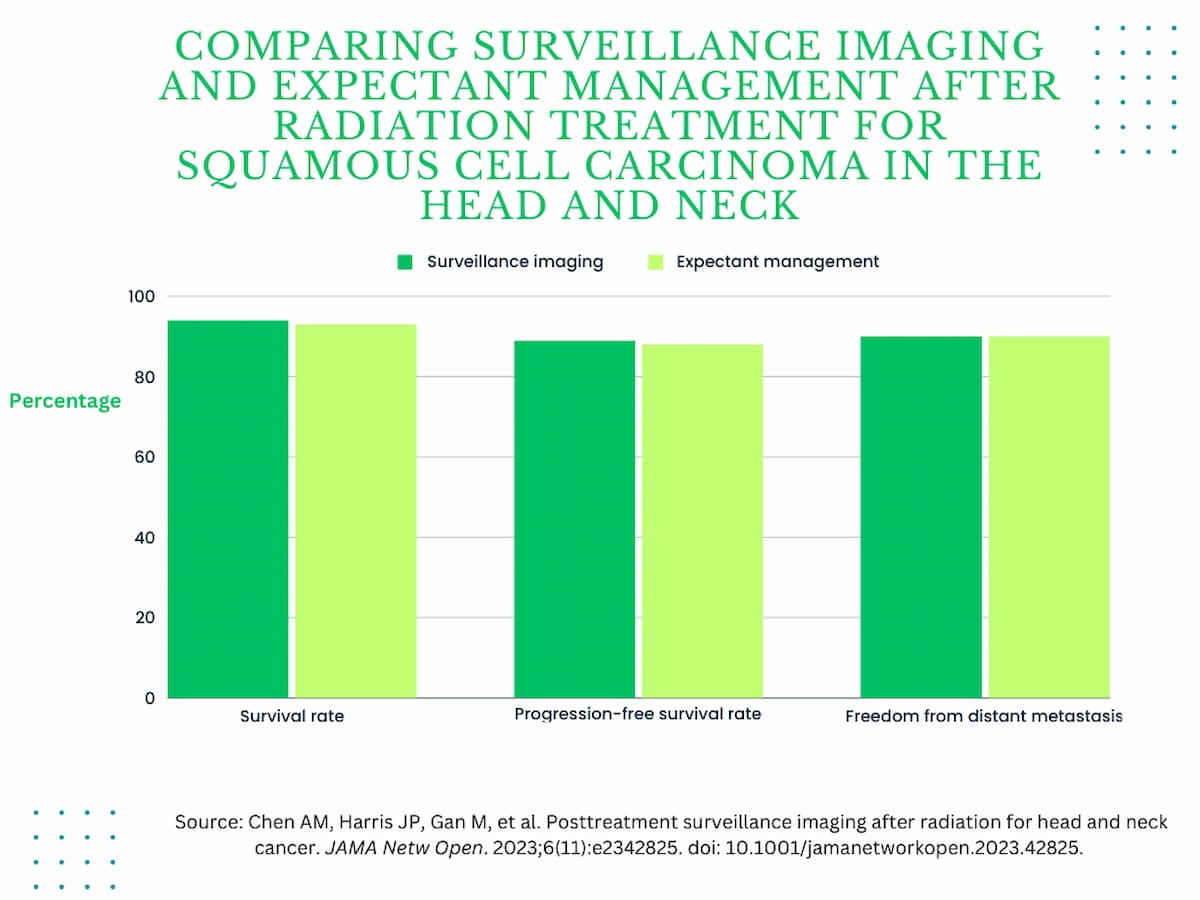

The ability to consider and comment on prior imaging in the radiology report may help reduce extraneous addenda requests.

Catch up on the top radiology content of the past week.
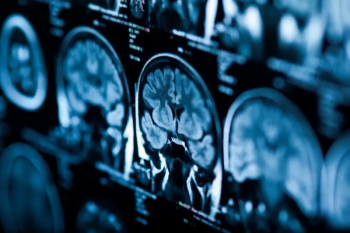
In their review of functional MRI data from over 5,200 study participants, researchers noted that higher amygdala reactivity and lower prefrontal cortical reactivity were associated with adversity exposure, findings that may contribute to exaggerated threat detection and reduced emotional control.

In a recent video interview series, Dushyant Sahani, M.D., discussed the critical role of contrast media in diagnostic imaging, lessons learned from the contrast media shortage, key considerations with generic agents and currently unmet needs with contrast agents.

The expanded 510(k) clearance from the FDA for the Optimizer Smart Mini system allows full-body MRI use for patients with heart failure who are receiving cardiac contractility modulation (CCM).
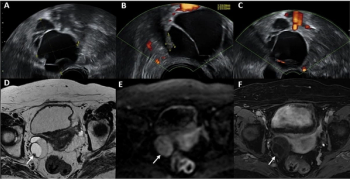
New research shows that pelvic MRI offers equivalent sensitivity but nearly 20 percent greater specificity than transvaginal ultrasound for the classification of adnexal lesions.

Could adjustments to quality assurance review facilitate improved teamwork between radiologists and referring clinicians?

Catch up on the top radiology content of the past week.

In a study of over 375,000 people, researchers found that a high liver MRI proton density fat fraction was associated with an over 7.5-fold higher risk for non-alcoholic steatohepatitis, a 4.5-fold higher risk for malignancy, and a 3.8-fold elevated risk for cirrhosis of the liver.

Catch up on the top AI-related news and research in radiology over the past month.
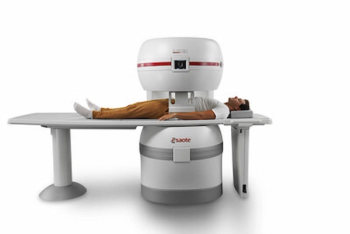
The update of the S-scan magnetic resonance imaging (MRI) system reportedly offers an improved ergonomic design, algorithms to enhance image quality and reduced scan times.
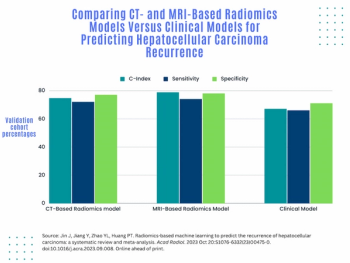
A 49-study meta-analysis revealed that MRI-based and CT-based radiomics models outperformed clinical models for predicting recurrence of hepatocellular carcinoma.

The artificial intelligence (AI)-powered software VUNO Med-DeepBrain reportedly automates brain MRI segmentation and provides access to volumetric data on over 100 regions of the brain.

Catch up on the top radiology content of the past week.

In a newly published literature review, researchers examined the benefits of diffusion-weighted imaging (DWI) magnetic resonance imaging (MRI) for breast cancer characterization and monitoring of neoadjuvant chemotherapy, current drawbacks that thwart wider adoption, and emerging techniques that may enhance the modality’s effectiveness.

The success of compliance initiatives is often preceded by an easily understood rationale and simply stated benefits.

Catch up on the top radiology content of the past week.
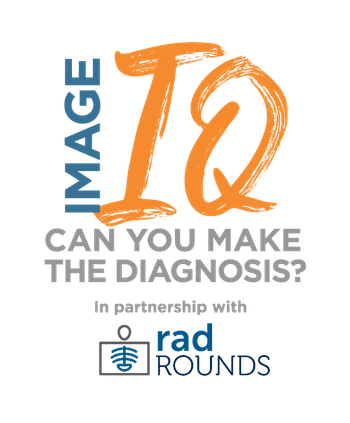
Review the case study and test your knowledge to make the correct diagnosis.
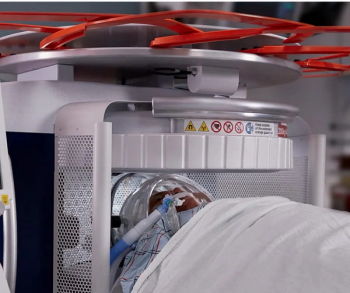
In reportedly the eighth FDA 510(k) clearance for Hyperfine’s Swoop portable brain MRI device, clinicians will now have access to enhanced denoising capabilities with diffusion-weighted imaging (DWI) sequences.

Catch up on the top radiology news of the past week.
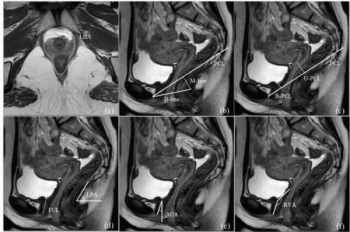
Researchers found that the combination of a retrovesicourethral angle, functional urethral length, and bladder funnel on MRI exams in primiparous women had a 94.7 percent AUC for predicting postpartum stress urinary incontinence (SUI).

Catch up on the top radiology news of the past week.

The MAGNETOM Viato.Mobile may facilitate improved access to MRI capabilities for patients with serious health conditions who lack geographic proximity to centers with advanced imaging.
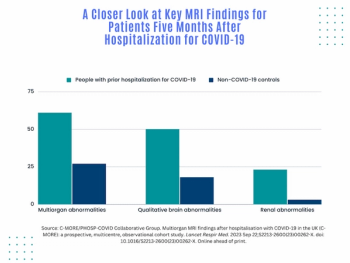
For patients discharged from the hospital with confirmed COVID-19, median five-month follow-up MRI findings revealed a greater likelihood of regional brain volume reduction, parenchymal lung abnormalities and loss of corticomedullary differentiation in the kidney in comparison to people who have not had COVID-19.

Catch up on the top AI-related news and research in radiology over the past month.